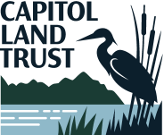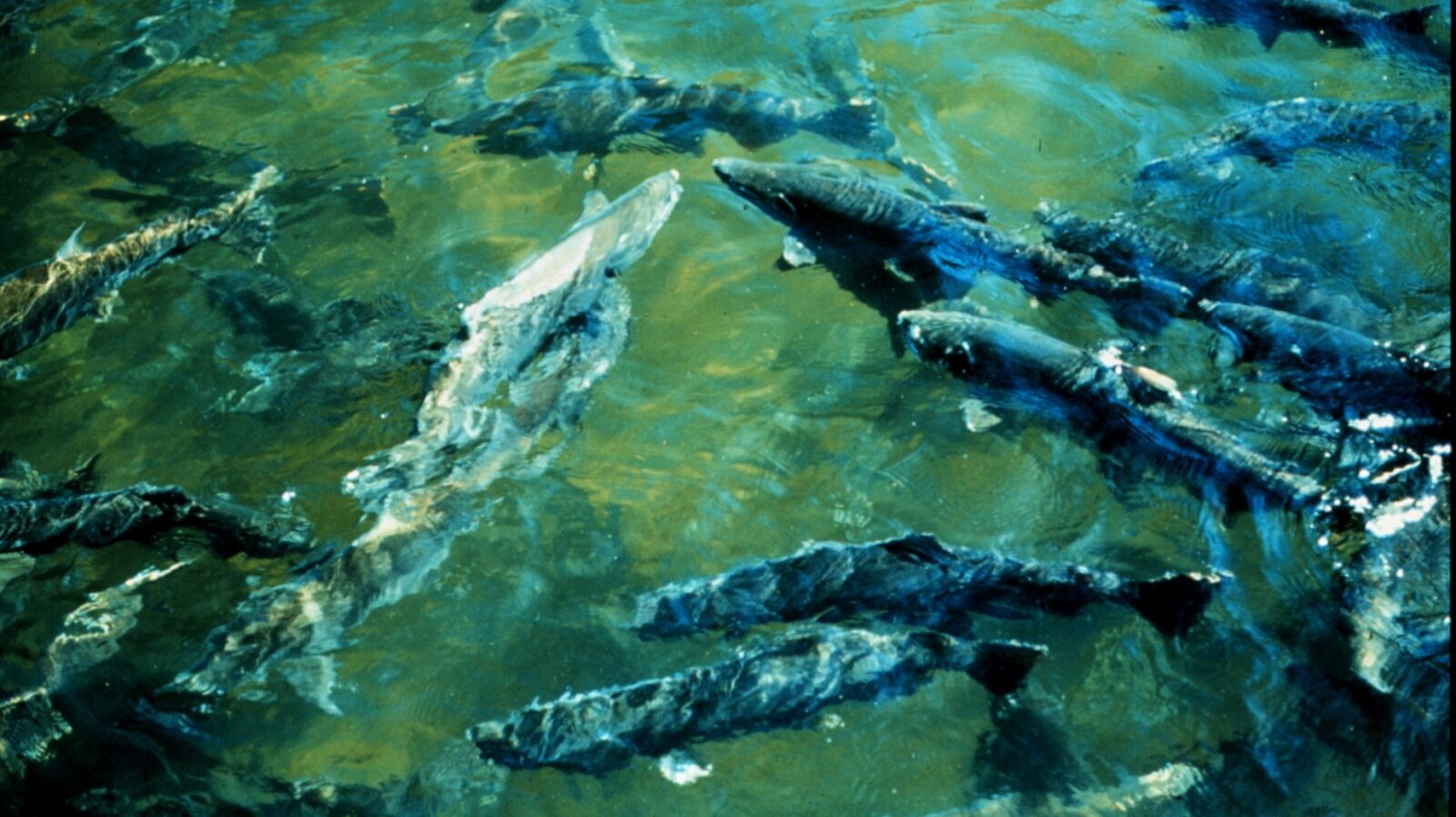Public and non-profit organizations in Grays Harbor, Lewis, and Thurston counties are receiving about $6 million in state grants this spring for 28 habitat restoration projects in the Chehalis River Basin.
The projects represent an initial phase of a long-term effort to restore habitat and reduce flood damage throughout the basin. State lawmakers included the grant funds in the 2015-17 capital budget as part of a $50 million appropriation for the overall initiative.
Most of the grant projects, scheduled for completion by July 2017, are designed to restore fish passage where it is blocked by culverts or dams. Altogether, they will open more than 130 miles of streams to migrating salmon and other aquatic species, said Kirsten Harma of the Chehalis Basin Lead Entity, a consortium leading the effort that includes local, state, and tribal governments and interested citizens.
In Thurston County, the Darlin Creek culvert removal project, sponsored by Capitol Land Trust, will open up 2 miles of habitat for coho and cutthroat in an area of the Black River watershed prioritized for protection. Darlin Creek is a tributary to the Black River. The project will also improve habitat conditions adjacent to known Oregon spotted frog and Western pond turtle habitat.
“The Black River is an important tributary to the Chehalis – this project will benefit the diverse wildlife and waterfowl that use the river and its floodplains.” says Amanda Reed, Capitol Land Trust’s Executive Director.
The competitive grant process was conducted by the Washington Department of Fish and Wildlife (WDFW) and the Chehalis Basin Lead Entity’s Habitat Work Group. Proposals were selected for funding by biologists, engineers, and habitat restoration professionals from WDFW, the U.S. Fish and Wildlife Service, Quinault Indian Nation, and a representative of the Lead Entity’s citizen advisory committee. The state Recreation and Conservation Office is administering the funds and overseeing the projects.
Projects were evaluated based on their potential benefits for fish and other species, value to local communities, and the likelihood that they could be implemented quickly and cost-effectively. Twenty-five (25) of the projects involve on-the-ground restoration work, while three are for planning and design of restoration activities that will take place in future years in Grays Harbor and Lewis counties.
More information on the Chehalis Basin Strategy, including. opportunities for public involvement, is available at ChehalisBasinStrategy.com.
News story from Washington Department of Fish and Wildlife, published on April 4, 2016: Chehalis Basin restoration projects will open 130 miles of streams to migrating fish.

